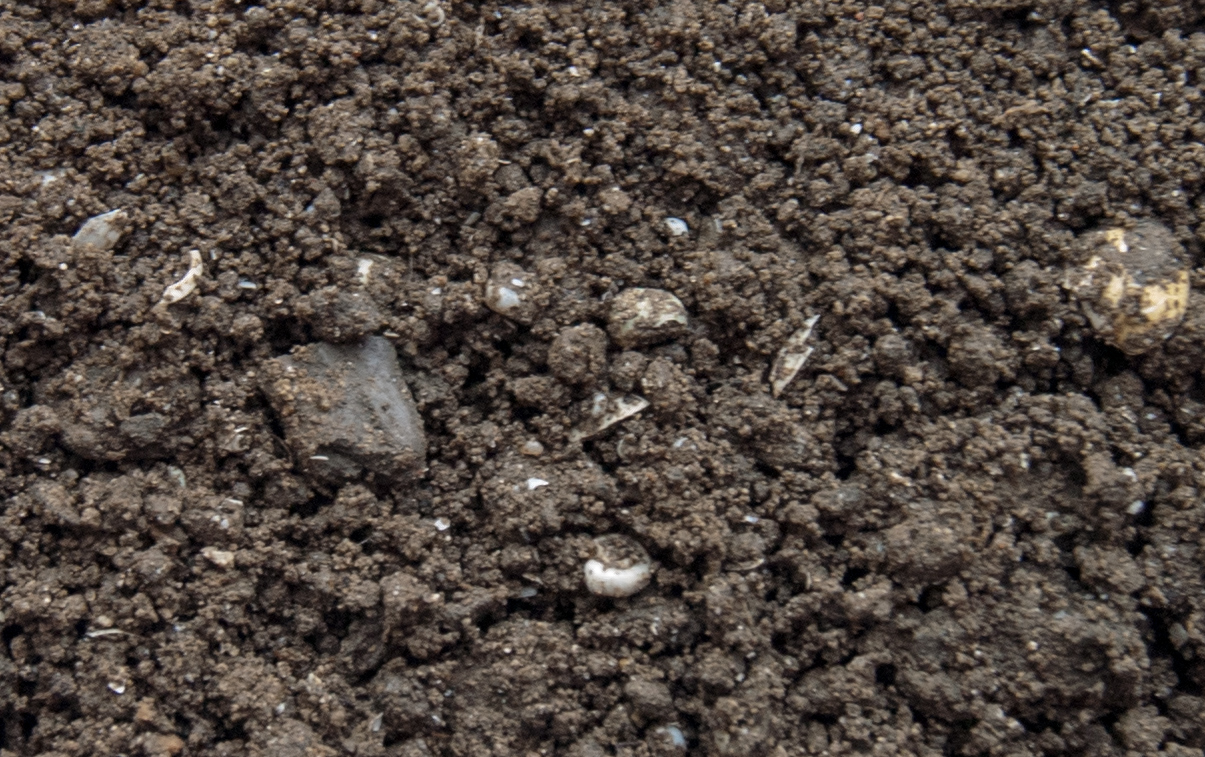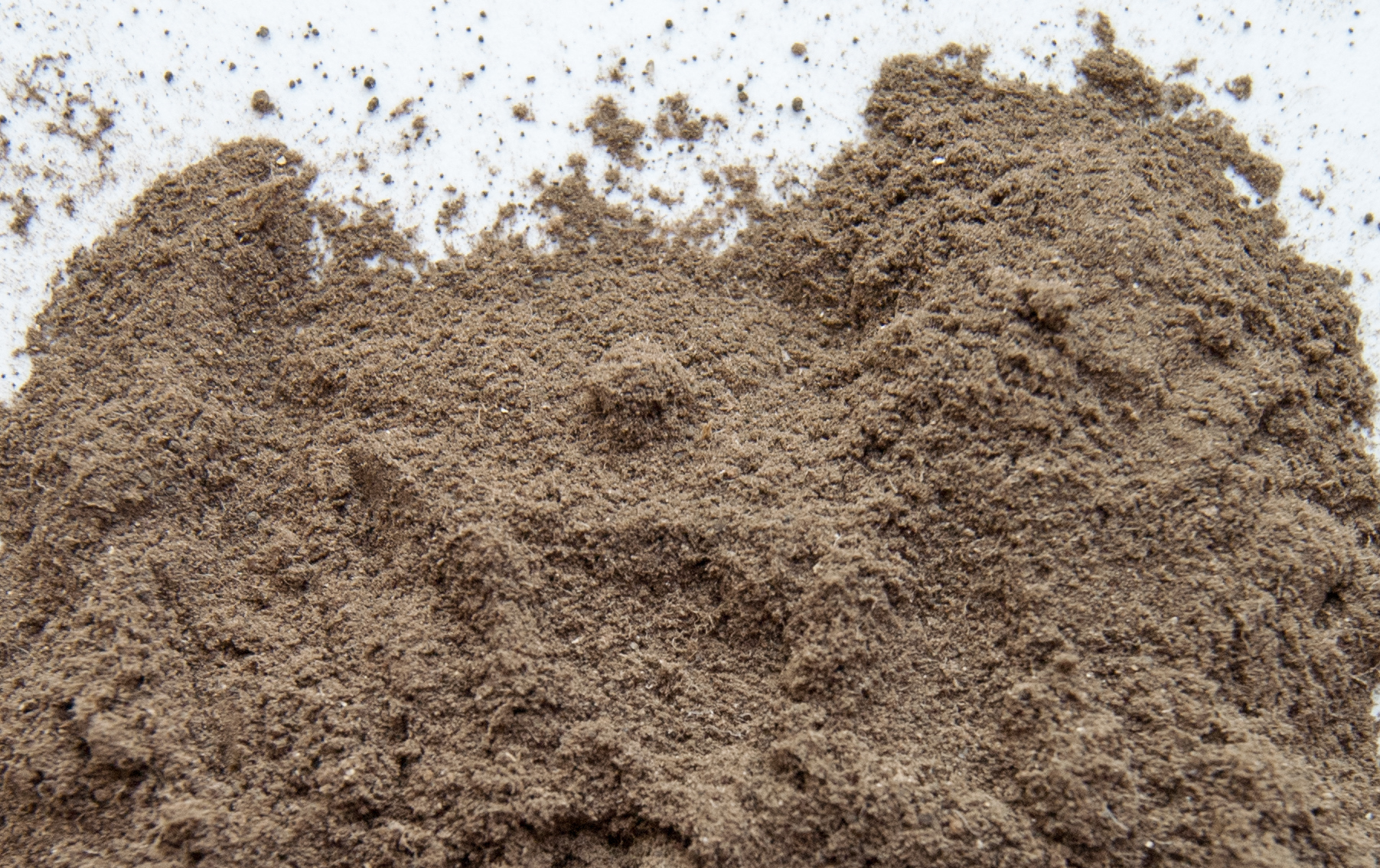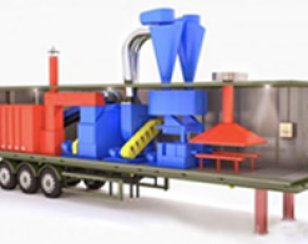Drying of sapropel
Sapropel is a wholly organic silt-lake material created by the natural deposition of plant and animal matter over 10 000 years. Consists of a combination with fragments of higher plant tissue, pollen, sand, clay and various mineral solutions brought from land. Sapropel contains significant quantities of fulvic and humic acids - material carrier of plant's fertility.
Sapropel based fertilizers.
Sapropel as a highly effective organo-mineral fertilizer is applied to all types of soils and all plant species. Fertilizers are applied to improve soil structure, enrich them with organic matter, increase carbon content, supply plants with nutrients to improve productivity and quality of horticulture crops with stable active period up to 5 years.
Sapropel in livestock sector.
Sapropel is a valuable feed supplement for animals and birds, a collection of specific biologically active substances that increases the productivity of pigs and cattle, as well as resistance to various diseases. Designed for use in the diet of all species of animals and birds in their natural form, humidity not more than 65% can be used in animal feed industry in the manufacture of all types of animal feed and vitamin premixes.
Drying of sapropel.
At present in Russia sapropel is used in the raw form, which has some difficulties in the effectiveness of the use of this. It caused the transportation of raw sapropel because of high water content in it is difficult, and transportation costs greatly raises the price of sapropel.
In industrial practice drying processes in which the processing of the material is carried out in suspended layer are widespread, suspended layer is one of the most effective means of intensification of production. Using of suspended layer allows to reduce the duration of processing of certain materials by applying higher speeds of material movements.
Intensification of technological process without reducing the economic efficiency of the drying apparatus, guarantee of high quality finished product with the desired residual moisture can be realized by activation of the hydrodynamic environment in the apparatus.
The main features of the active hydrodynamic regimes: extended surface of interaction of phases, the stability of the hydrodynamic environment in time for the entire volume of the apparatus, as well as an increasing of the relative velocity of the phases, the reducing of energy intensity of process and of steel intensity of drying unit.
The increasing of activity of the hydrodynamic environment in the dryer is connected with the increasing of the interface relative velocity, mobility and collisions of particles, and accordingly, the average heat transfer coefficient, which greatly intensifies the drying process.
Based on the foregoing, we conclude that the problem of processing of sapropel by drying it with active hydrodynamic regimes for later use as the basis of quality feed for livestock or effective organo-mineral fertilizer is an urgent task to deal with today.
Taking into account the high interfacial relative velocity (the velocity of the drying agent relative to the material particles is more than 25 meters per second), the increasing of the surface of phase interaction (as a result of grinding of drainage material), the specialists of "Research and Production Company “Parmatech" offer to use aerodynamic dispergator for drying sapropel.
| Raw material - sapropel humidity > 49%. | The result of processing - sapropel moisture <3%. |
 |
 |

